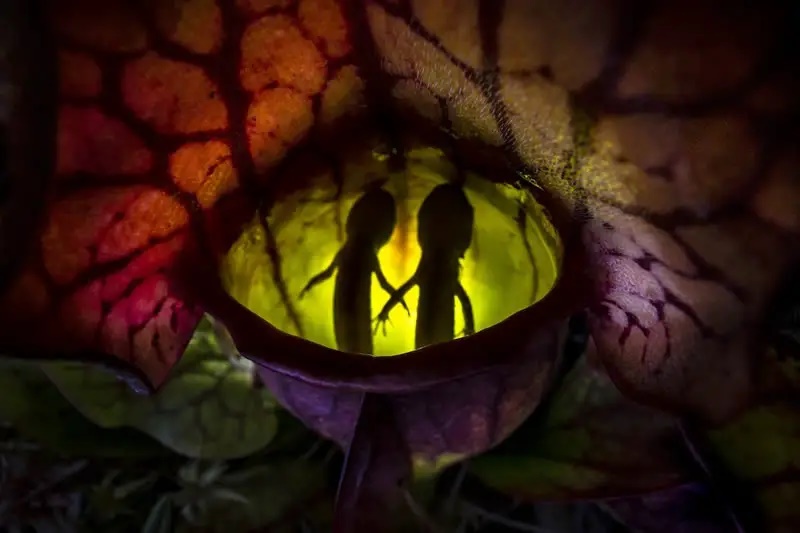
33 Stunning Winning Photos From The Close-Up Photographer
Here are the 33 stunning winning photos from the Close-Up Photographer Of The Year 2022. Over 9,000 pictures from 54 countries were entered this year across the eleven categories. Here in this gallery, you can find Winner, 2nd Place, and 3rd Place photographs across eleven categories: Animals, Insects, Butterflies and Dragonflies, Invertebrate Portrait, Micro, Young, Fungi, Plants, Intimate Landscape, Underwater, and Manmade.
This year Close-up Photographer of the Year was won by Canadian photographer Samantha Stephens for her photo titled “Nature’s Pitfall”. This photo is also the Overall winner & Animal category winner.
Congratulations to all the winners, you can find the full gallery from the below link.
You can find more info about The CUPOTY:
Here are the 33 stunning winning photos from the Close-Up Photographer Of The Year 2022. Over 9,000 pictures from 54 countries were entered this year across the eleven categories. Here in this gallery, you can find Winner, 2nd Place, and 3rd Place photographs across eleven categories: Animals, Insects, Butterflies and Dragonflies, Invertebrate Portrait, Micro, Young, Fungi, Plants, Intimate Landscape, Underwater, and Manmade.
This year Close-up Photographer of the Year was won by Canadian photographer Samantha Stephens for her photo titled “Nature’s Pitfall”. This photo is also the Overall winner & Animal category winner.
Congratulations to all the winners, you can find the full gallery from the below link.
You can find more info about The CUPOTY:
Full Gallery
Website
#1 Close-up Photographer of the Year, Overall winner & Animals winner – “Nature’s Pitfall” by Samantha Stephens
Close-Up Photographer Of The Year 2022
‘Northern Pitcher Plants (Sarracenia purpurea) are carnivorous, allowing them to survive in nutrient-poor bog environments. Here there is no rich soil, but rather a floating mat of Sphagnum moss. Instead of drawing nutrients up through their roots, this plant relies on trapping prey in its specialised bell-shaped leaves, called pitchers. Typically, these plants feast on invertebrates – such as moths and flies – but recently, researchers at the Algonquin Wildlife Research Station discovered a surprising new item on the plant’s menu: juvenile Spotted Salamanders (Ambystoma maculatum).
This population of Northern Pitcher Plants in Algonquin Provincial Park is the first to be found regularly consuming a vertebrate prey. For a plant that’s used to capturing tiny invertebrate, a juvenile Spotted Salamander is a hefty feast!
On the day I made this image, I was following researchers on their daily surveys of the plants. Pitchers typically contain just one salamander prey at a time, although occasionally they catch multiple salamanders simultaneously. When I saw a pitcher that had two salamanders, both at the same stage of decay floating at the surface of the pitcher’s fluid, I knew it was a special and fleeting moment. The next day, both salamanders had sunk to the bottom of the pitcher.’
Advertisements
07 April 2023
Advertisements



